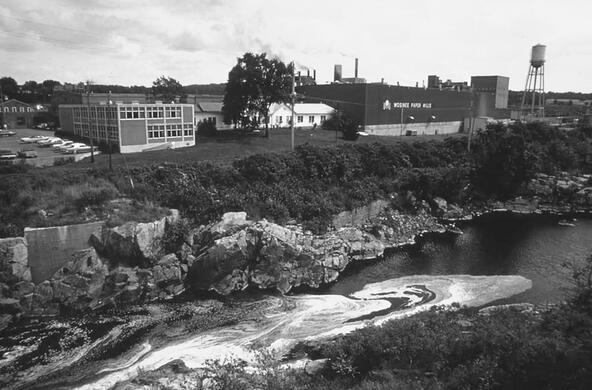The Dutchess County Environmental Management Council recently completed a State of the Environment report for Dutchess County. This is the last in a series of articles from the report. The entire report can be found online.
Over the last 10 weeks, the Dutchess County Environmental Management Council has summarized its State of the Environment Report for Dutchess County. The topics covered the environmental issues that most concern the citizens of Dutchess County. The information we have gathered from our research and from consultation with experts allows us to make the following recommendations.
The Environmental Management Council will continue to work to educate our legislature and fellow citizens about these issues with the aim of ensuring a clean, attractive and safe county for ourselves and our visitors:
Climate change: Regional planners and stakeholders such as farmers should integrate climate change information (e.g., increased floods, increased droughts and increased summertime heat) into their planning to reduce risks and adapt to the changing climate.
Air and precipitation quality: Continue to develop and implement plans to reduce ozone by reducing its precursors; control the sources of particulate matter e.g., vehicular travel and smoke; be aware that the effects of acid deposition exacerbate stresses on natural environment such as invasive species or ozone pollution.
Water quality and quantity: Protect water quality, especially groundwater, by taking steps to improve the efficiency of road salt, ensure adequate maintenance of septic systems and wastewater treatment and reduce agricultural runoff. Protect water quantity by protecting floodplains and wetlands, which act as buffers during floods and reduce impervious surfaces, which greatly enhance floods.
Municipal solid waste and recycling: Increase the recycling rate by increasing public awareness and improving ease of access to recycling facilities.
Hazardous waste sites: Remain aware of superfund sites and their status (these sites are under regulation of state and federal agencies); and report any spills or suspected hazardous waste sites to the New York State Department of Environmental Conservation immediately.
Biological resources, including wildlife and rare and endangered species: Protect key habitats via careful planning; utilize experts at local colleges and research institutions to make informed decisions about preserving biodiversity resources; collaborate with land use planners and conservation groups to improve effectiveness of biodiversity conservation.
Land-use change: Maintain large tracts of un-fragmented forest to reduce susceptibility to pests, pathogens and invasive species and to ensure biodiversity; reduce impervious surface development using green infrastructure practices. Focus new development in existing or emerging centers to reduce overall run-off and to protect natural and agricultural green spaces.
Invasive species: Remain aware of the presence and threat of invasive and exotic species and continue diligent efforts such as preventing firewood transport to prevent the spread of invasive species into and throughout the county. Pressure the federal government to reduce the careless movement and introduction of demonstrated and potentially invasive species.
Lyme disease and other infectious diseases: Maintain large tracts of un-fragmented forests to ensure biodiversity and reduce the prevalence of Lyme disease. Continue to take steps to avoid ticks and other disease carrying organisms and ensure that health care professionals are up to date about the symptoms and treatment of Lyme disease and other vector-borne diseases.





